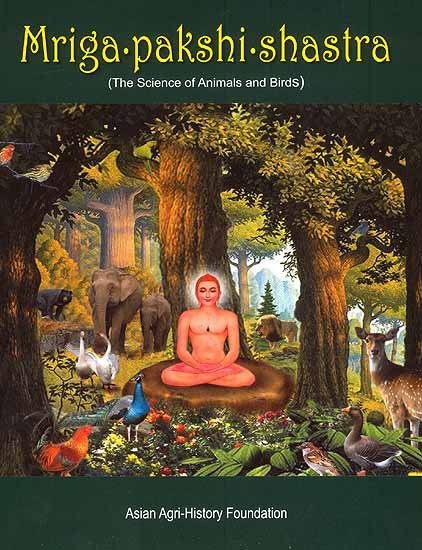Animal Kingdom (Tiryak) in Epics
by Saranya P.S | 2019 | 51,616 words | ISBN-10: 8190396315 | ISBN-13: 9788190396318
An English study the Animal Kingdom (Tiryak) in Epics.—The present thesis is based entirely on Ramayana and Mahabharata although an attempt is made to analytically compare the Animal kingdom with Mriga-pakshi-shastra—‘The ancient Indian science of of Animals and Birds’....
Chapter 1.1 - Itihasa (Introduction)
Literature is an art form or any single writing deemed to have artistic or intellectual value, which often due to deploying language in ways that differ from ordinary usage. It is classified into fiction or nonfiction. It can be divided into many other forms like Novel, Short story, Poetry and drama.
Itihasa (Epics) is a genre of Literature and there are only a few really great Epics in world literature. Homer’s Iliad and Odyssey are two good examples of such epics. There are only Ramayana and Mahabharata comparable to Iliad and Odyssey in European Literature.
In ancient Indian Literature Itihasas written in technical stylistic patterns are seen. Valmiki’s “Ramayana” and Vyasa’s Mahabharata are examples for such works. Both Valmiki and Vyasa were not merely genius poets, but they were also great ascetics or Maharishis.
There are so many definitions towards itihasa. They are:
1) Itihasa is primarily a historical narrative in verse with an element of myth in it, with several interludes on morality, metaphysics, statecraft and other issues. Itihasa was meant to popularize the message of the Vedas through stories of kings, and other ideal persons. Mahabharata is such an Itihasa where there are innumerable case studies on dharma.
2) Itihasa (“so indeed it was”) as defined by Amarakosha (I.6.4) refers to purvavritta, i.e. events of the past. In the Vedic age, those portions of the Brahmanas which narrated events of bygone days were known as Itihasa and had some ritualistic importance. The recitation of the Itihasa -purana in the pariplava nights was a part of the Asvamedha ritual. Later, the connotation of the term widened to cover all such narratives which related to past events.
3) The Itihasa describe how the duties taught in our Smritis are discharged by different individuals, how men should act when there is apparent conflict of duties, and thereby create in the minds of people a desire to follow dharma and to shun adharma.
4) The Itihasas are the Itihasa is defined in the “Indian epigraphical glossary” as it can be found on ancient inscriptions commonly written in Sanskrit, Prakrit or Dravidian languages.
5) In Pali English dictionary itihasa means, history; tradition.
6) Etymologically speaking, “Itihasa” is a combination of two words “Iti” and “ha asa” are combined. “Iti” means ‘This way”. “Ha-asa” means happened. When the two words are combined they become “Itihasa” and it means “This way things happened”, or as Panini says, “Thus indeed, in this tradition”. In a general way we can say that “Itihasa” is a vivid and imaginary description of historical events. We have here a very reasonable advice that is derived from past experiences. It is an everlasting and relevant advice as it contains certain eternal principles:
7) History (legendary or traditional)
dharmarthakamamokshanamupadeshasamanvitam
purvayuktam Kathayukthamitihasam Pracakshateh
8) Heroic history (such as the Mahabharata).
10) Historical evidence, tradition (which is recognized as a proof by the Pauranikas).
